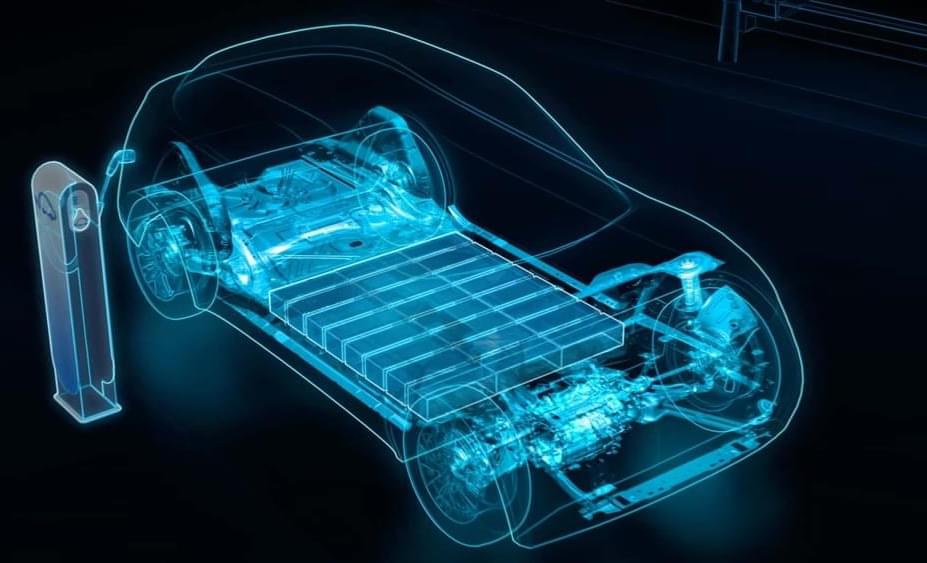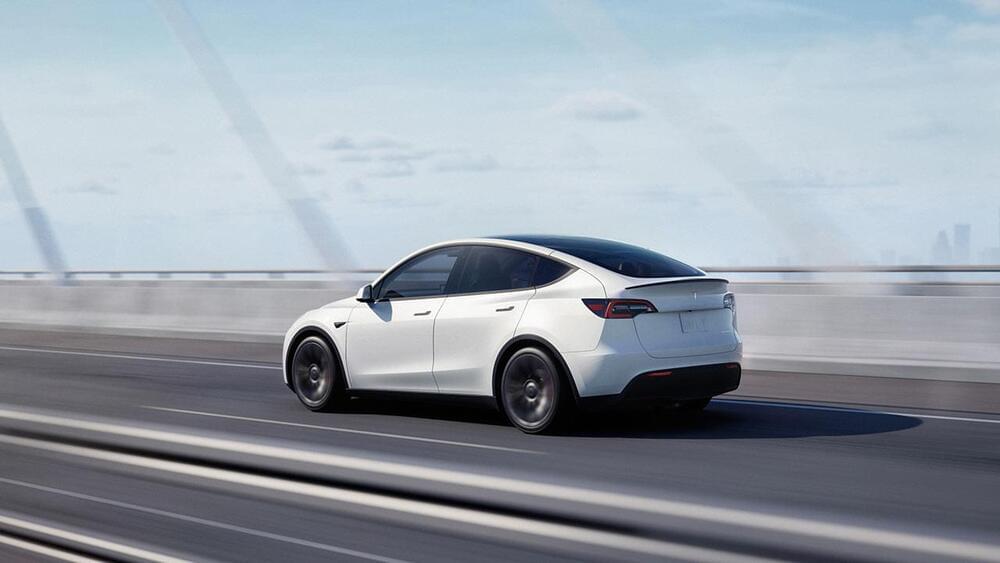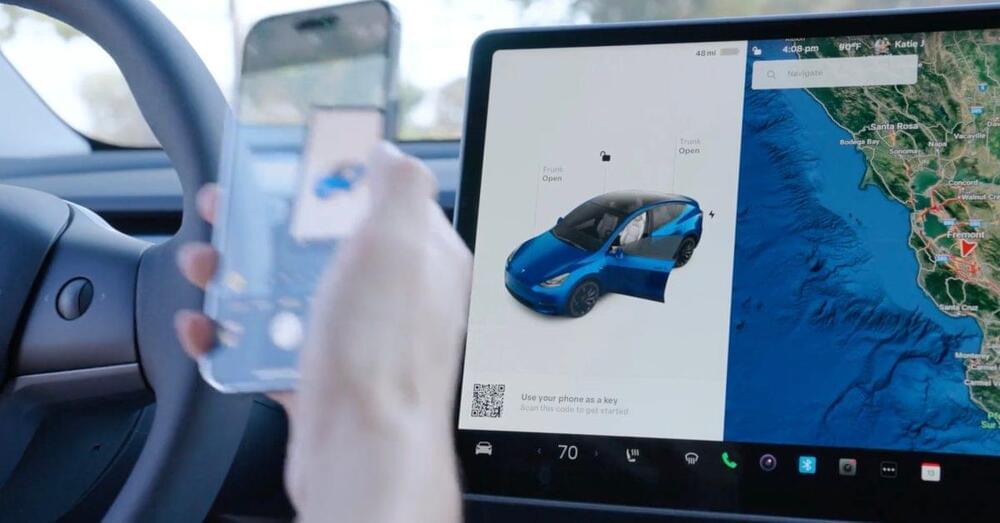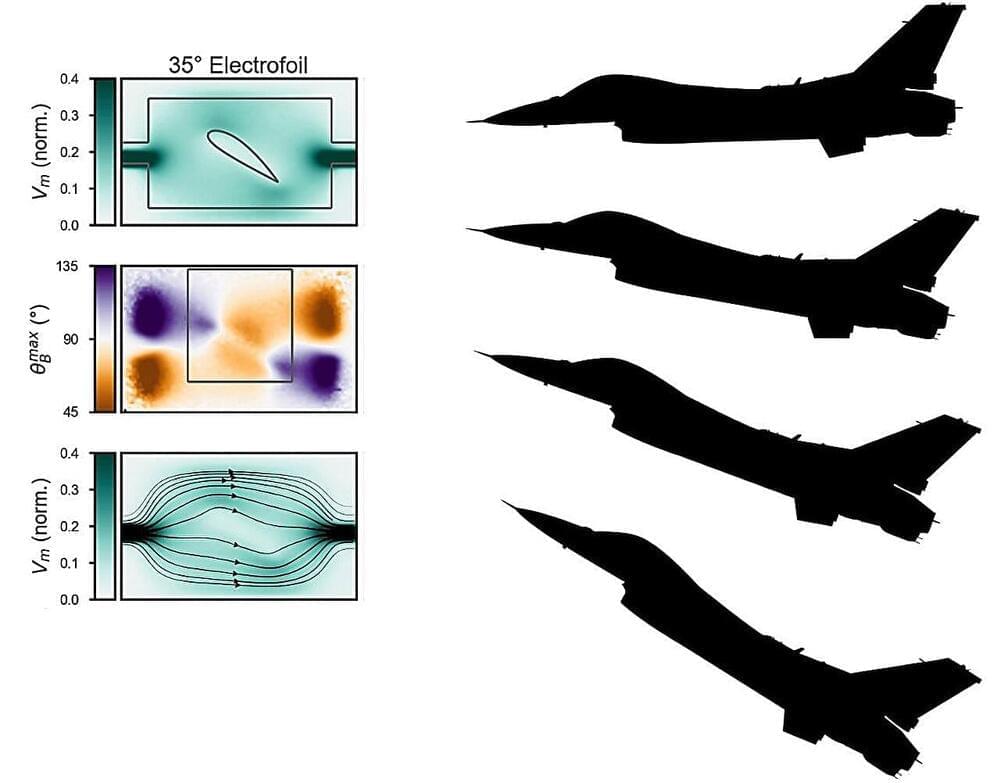Sep 23, 2023
Honda releases its first-ever series production V8 engine
Posted by Gemechu Taye in category: transportation
The BF350 VTEC motor makes an ideal choice for large pontoon boats to offshore vessels.
Honda’s Variable Valve Timing and Lift Electronic Control (VTEC) engines are known for their performance, refinement, and durability. However, their production engine series lacked a V8 option in its lineup, except for a few versions developed for racing.
Continue reading “Honda releases its first-ever series production V8 engine” »


















